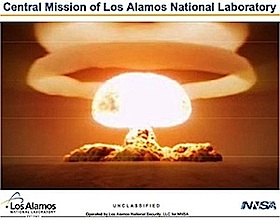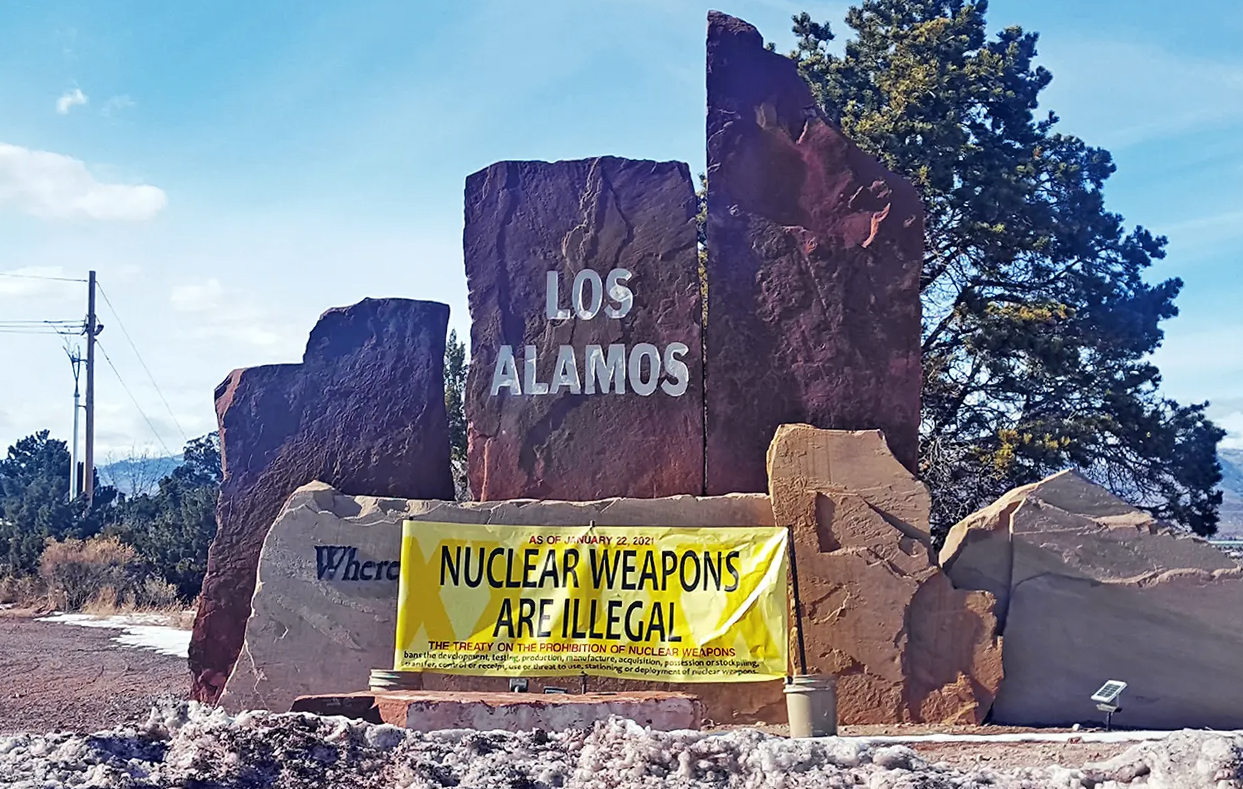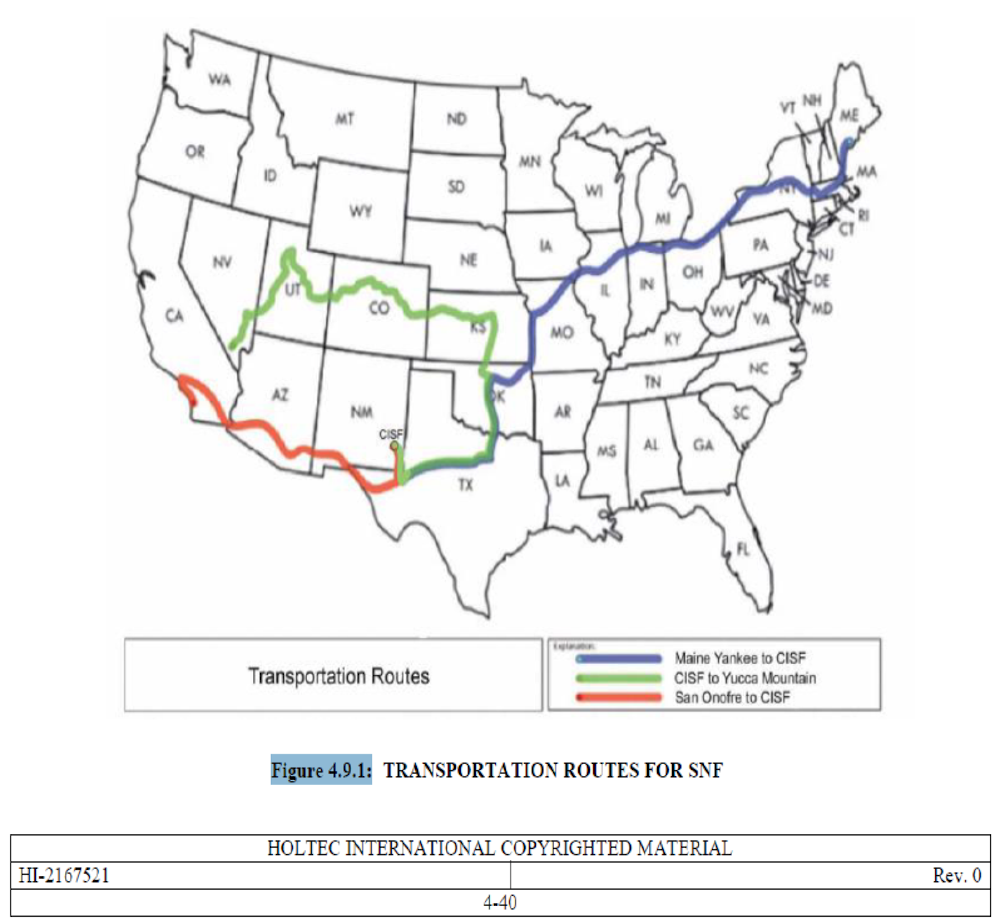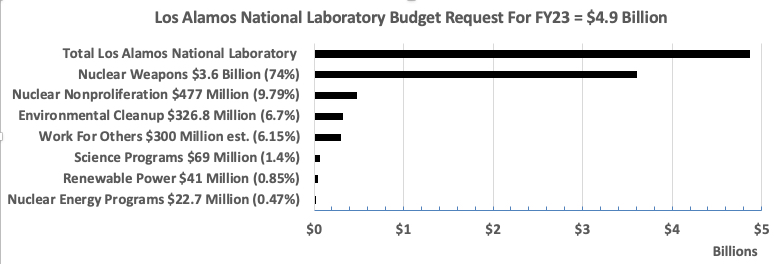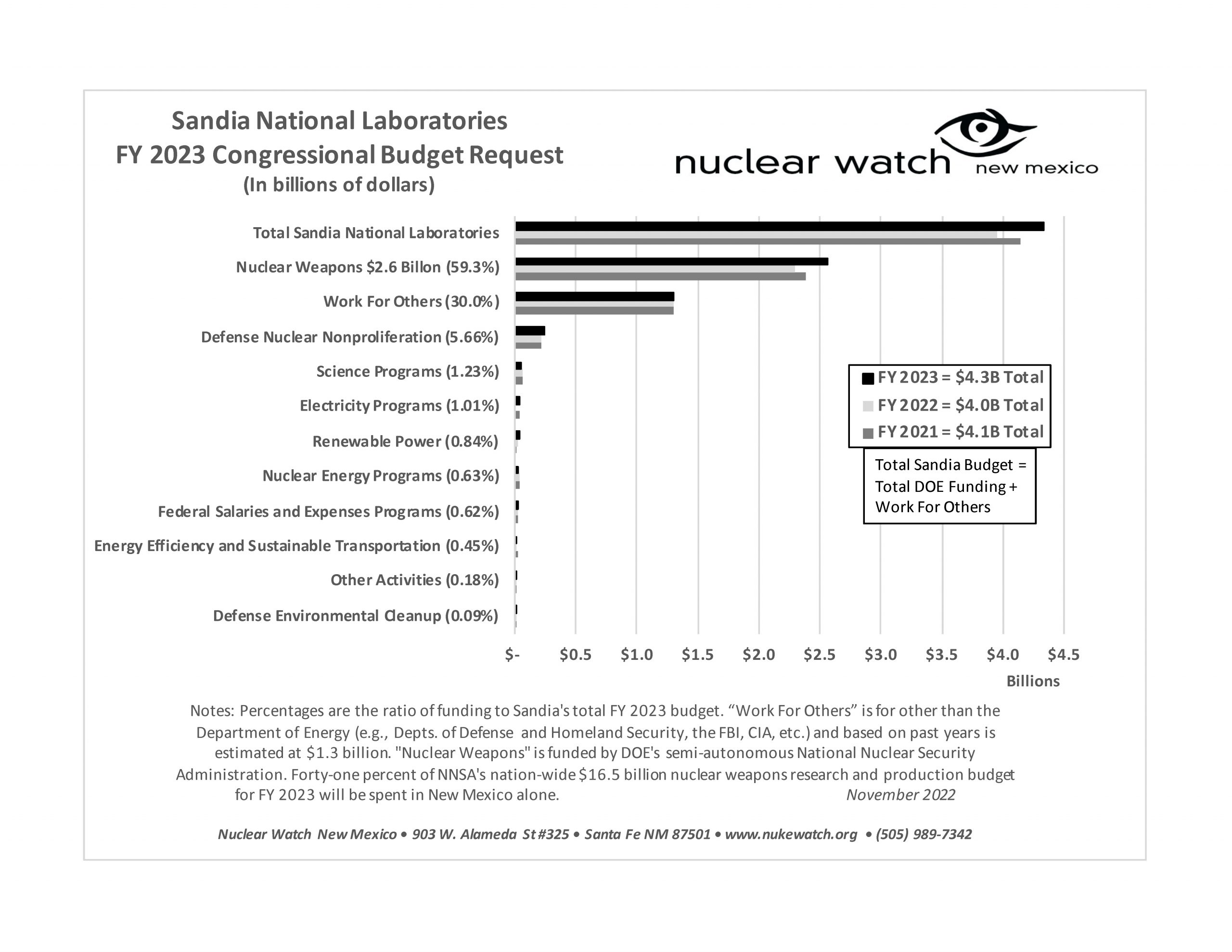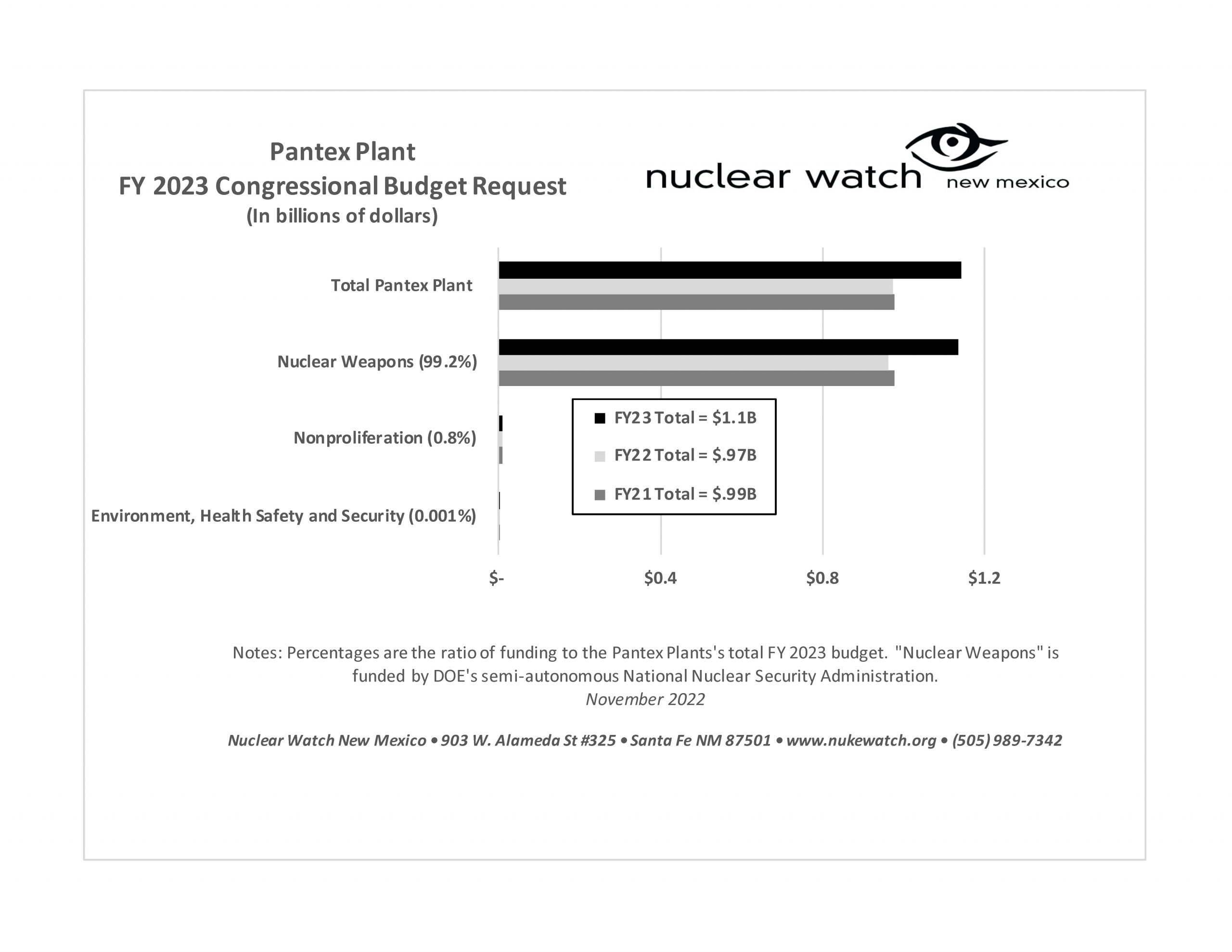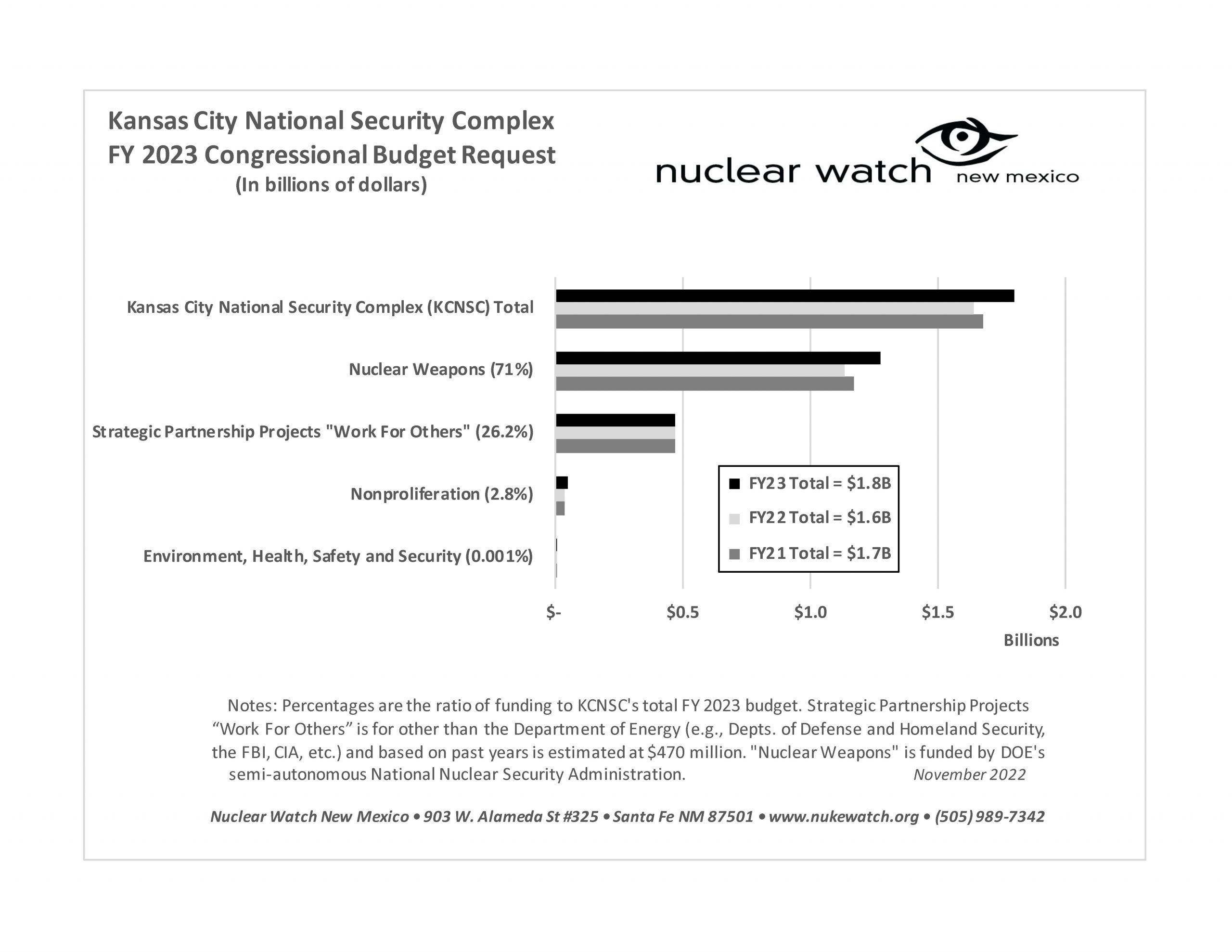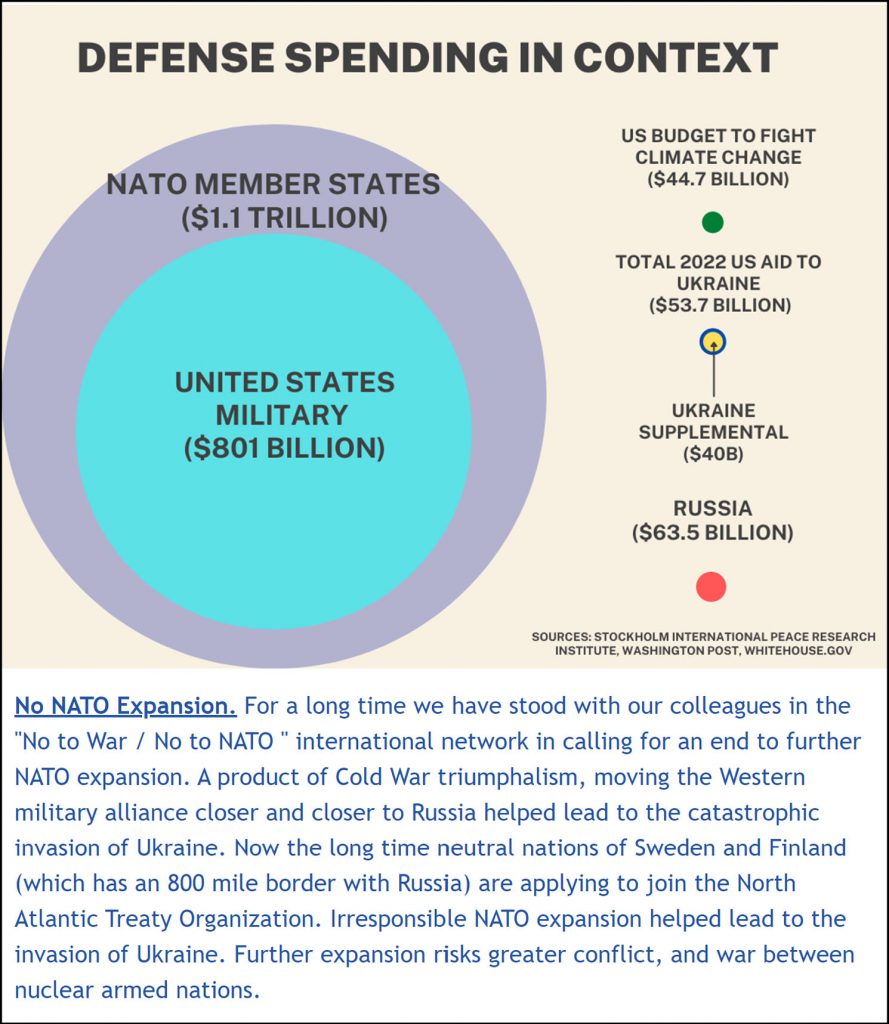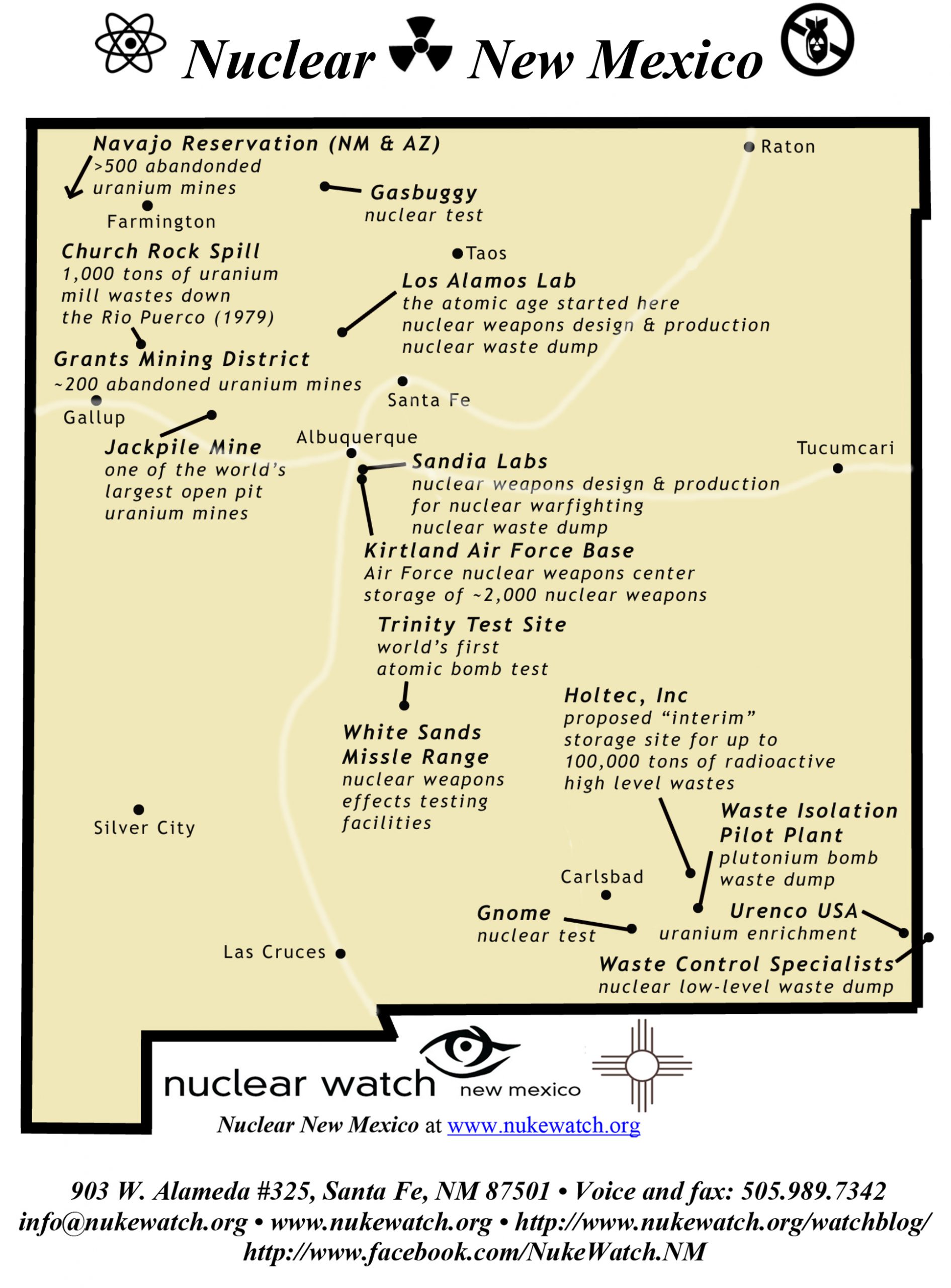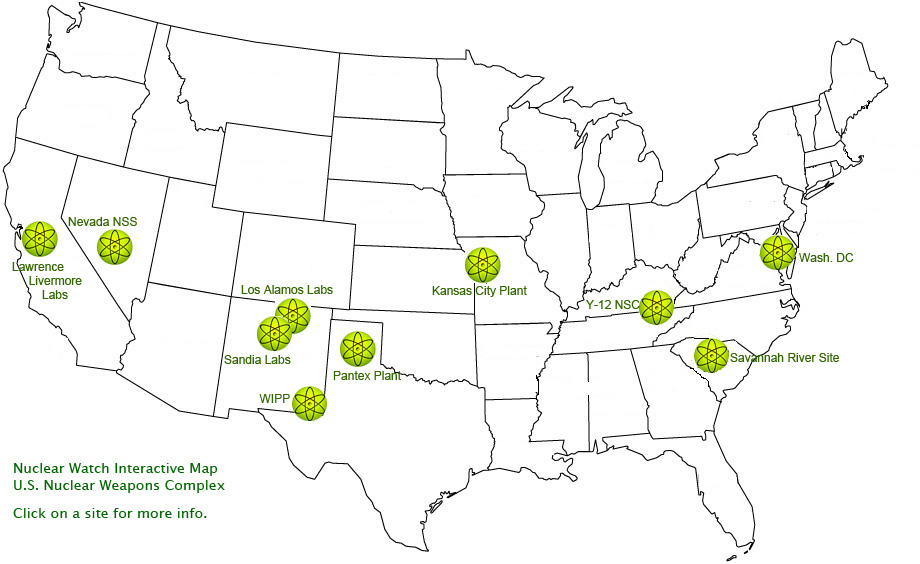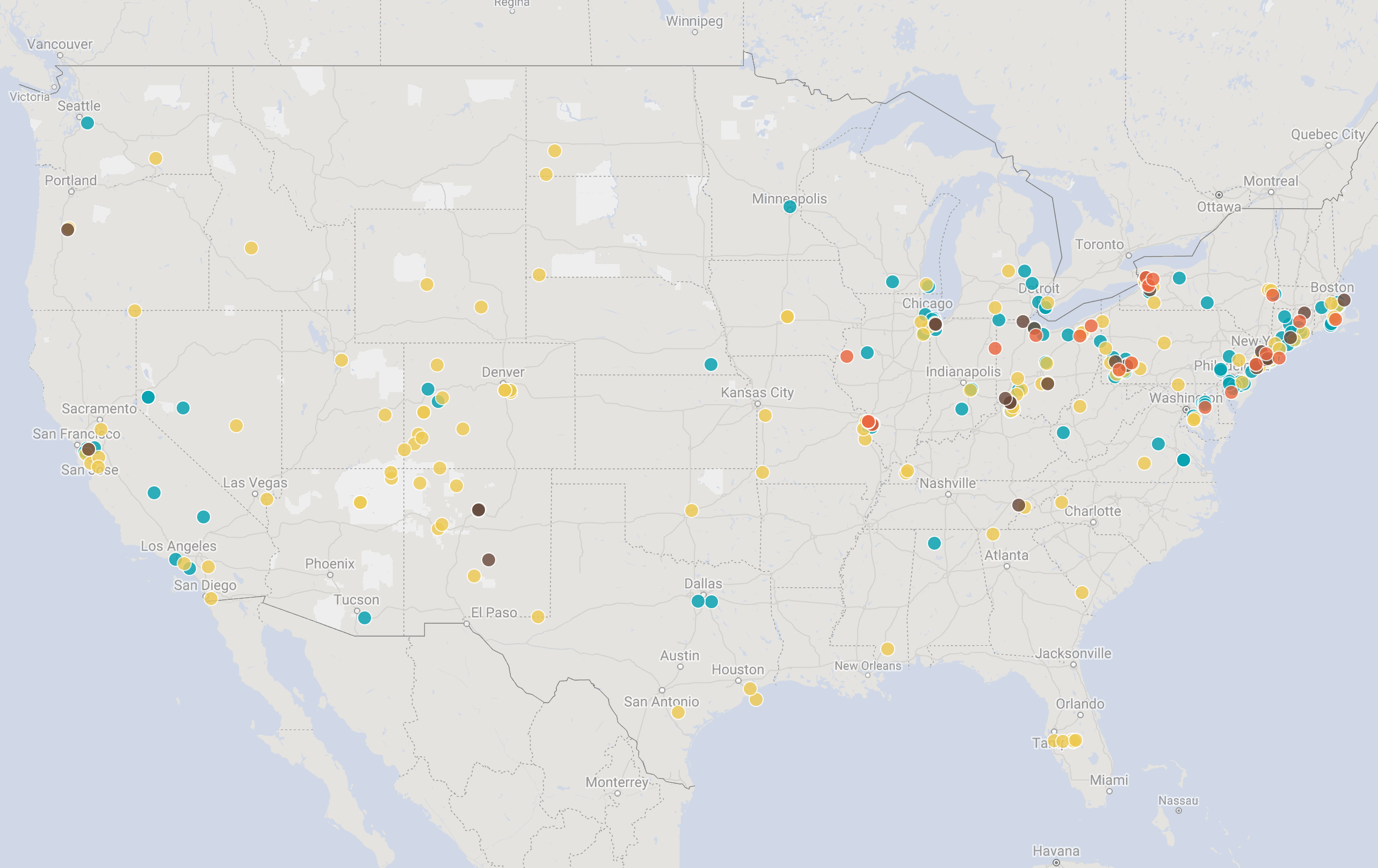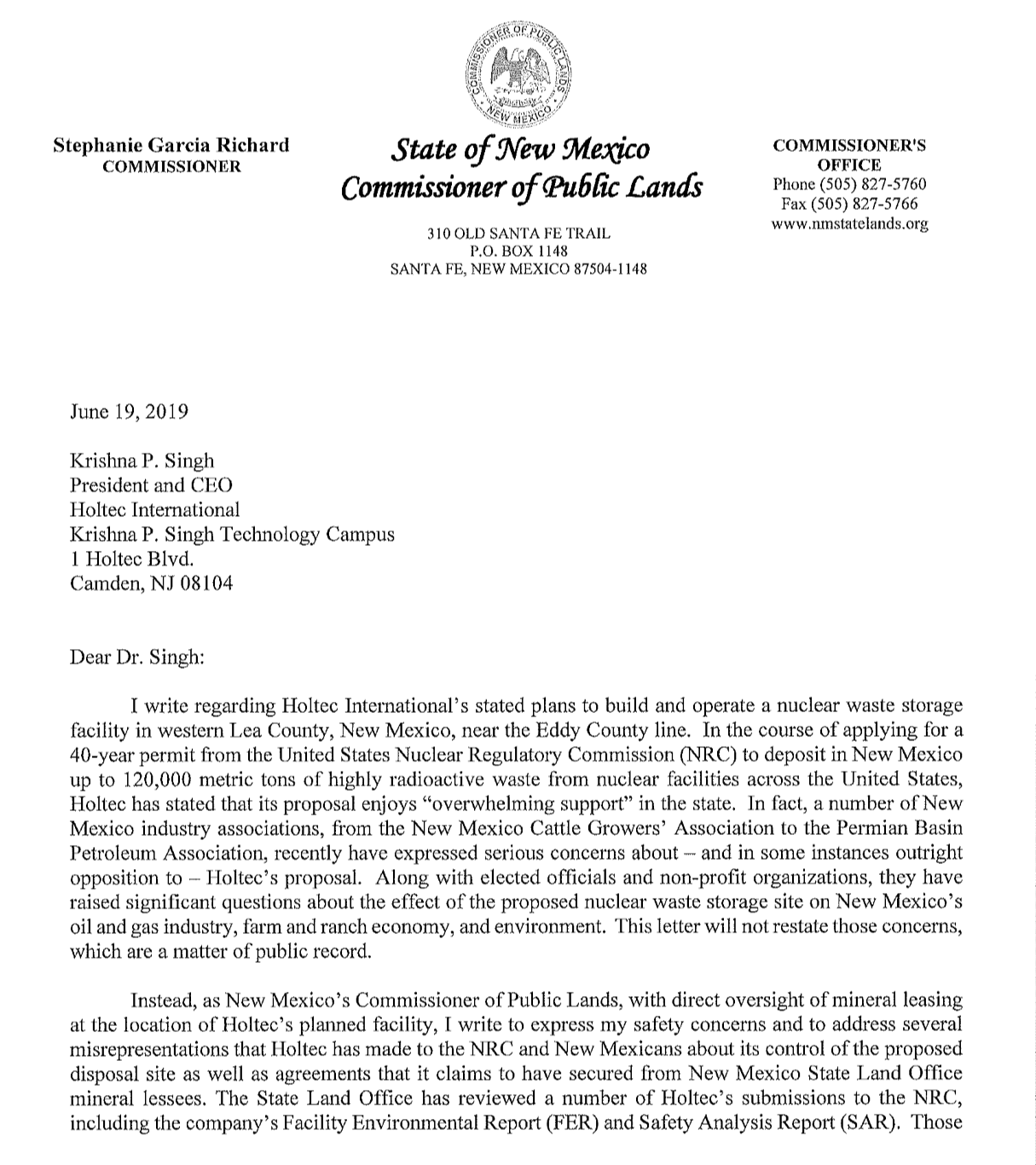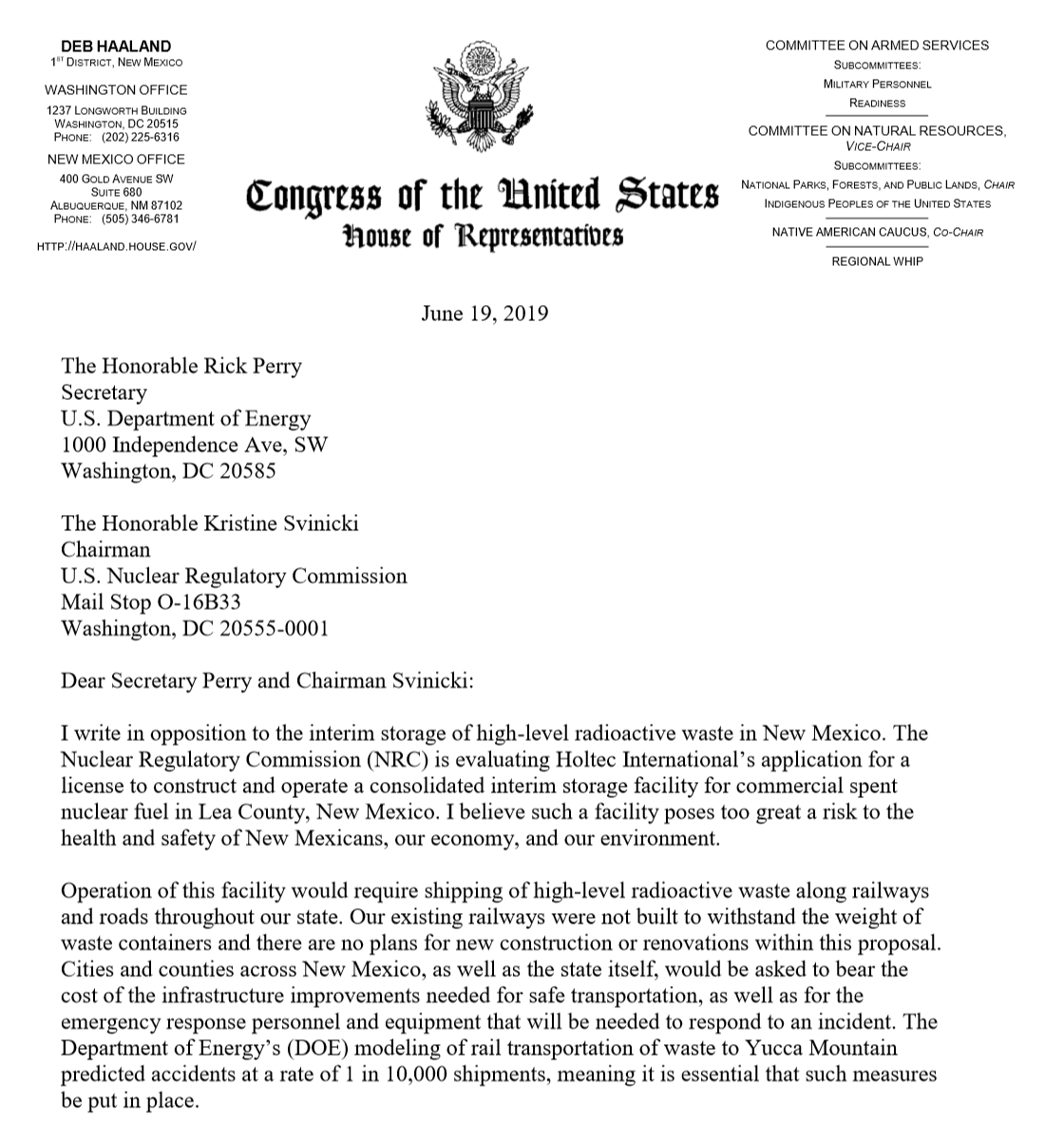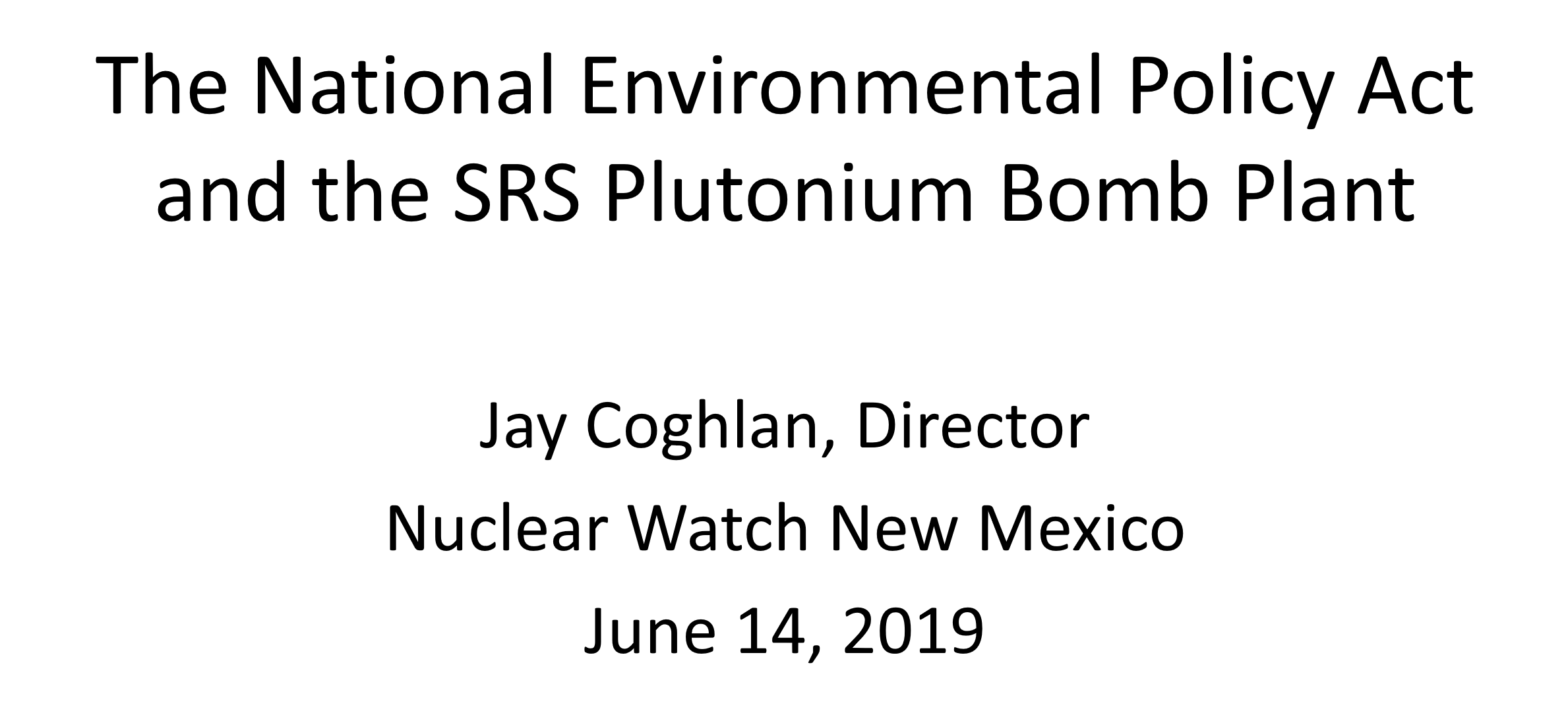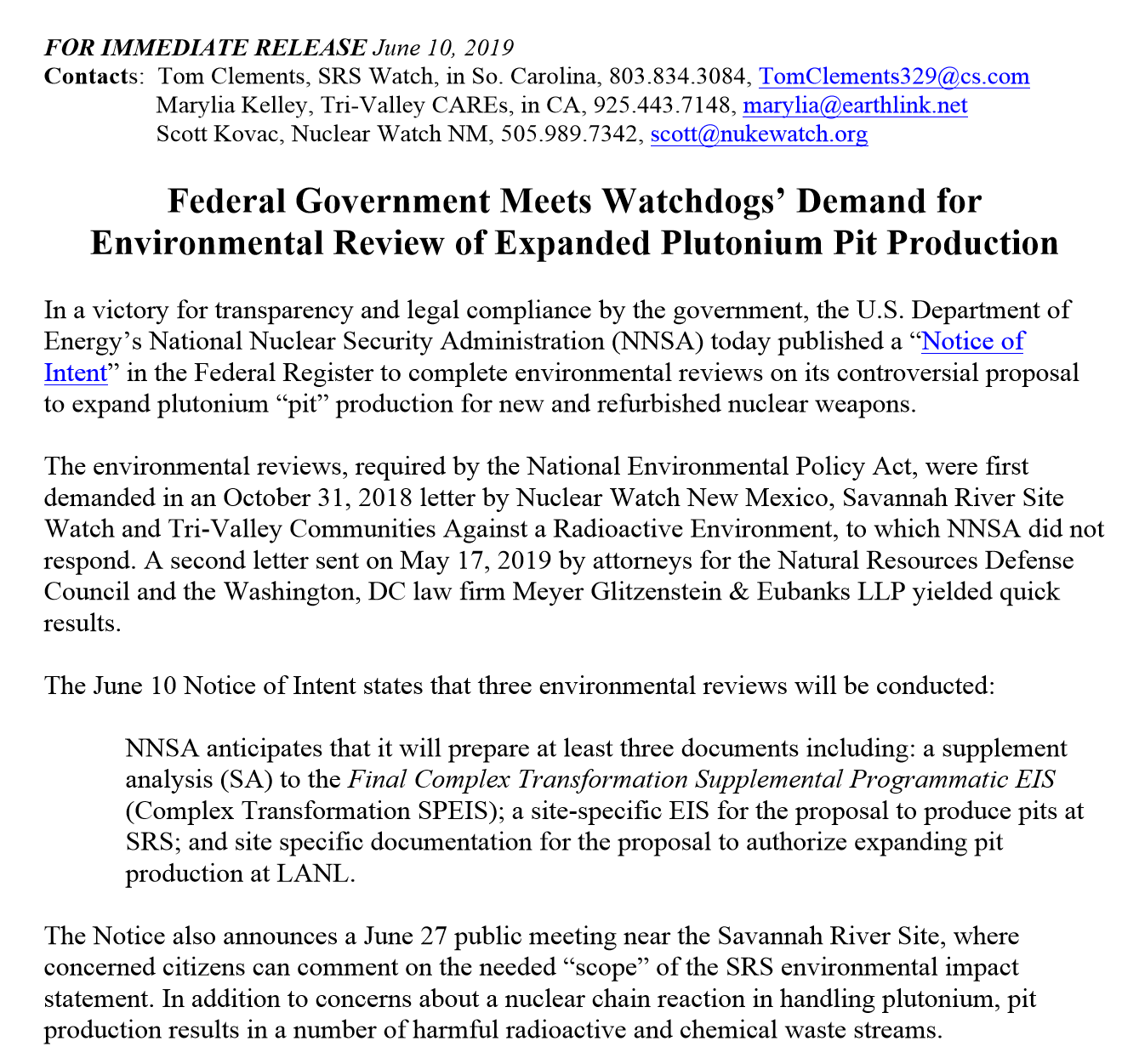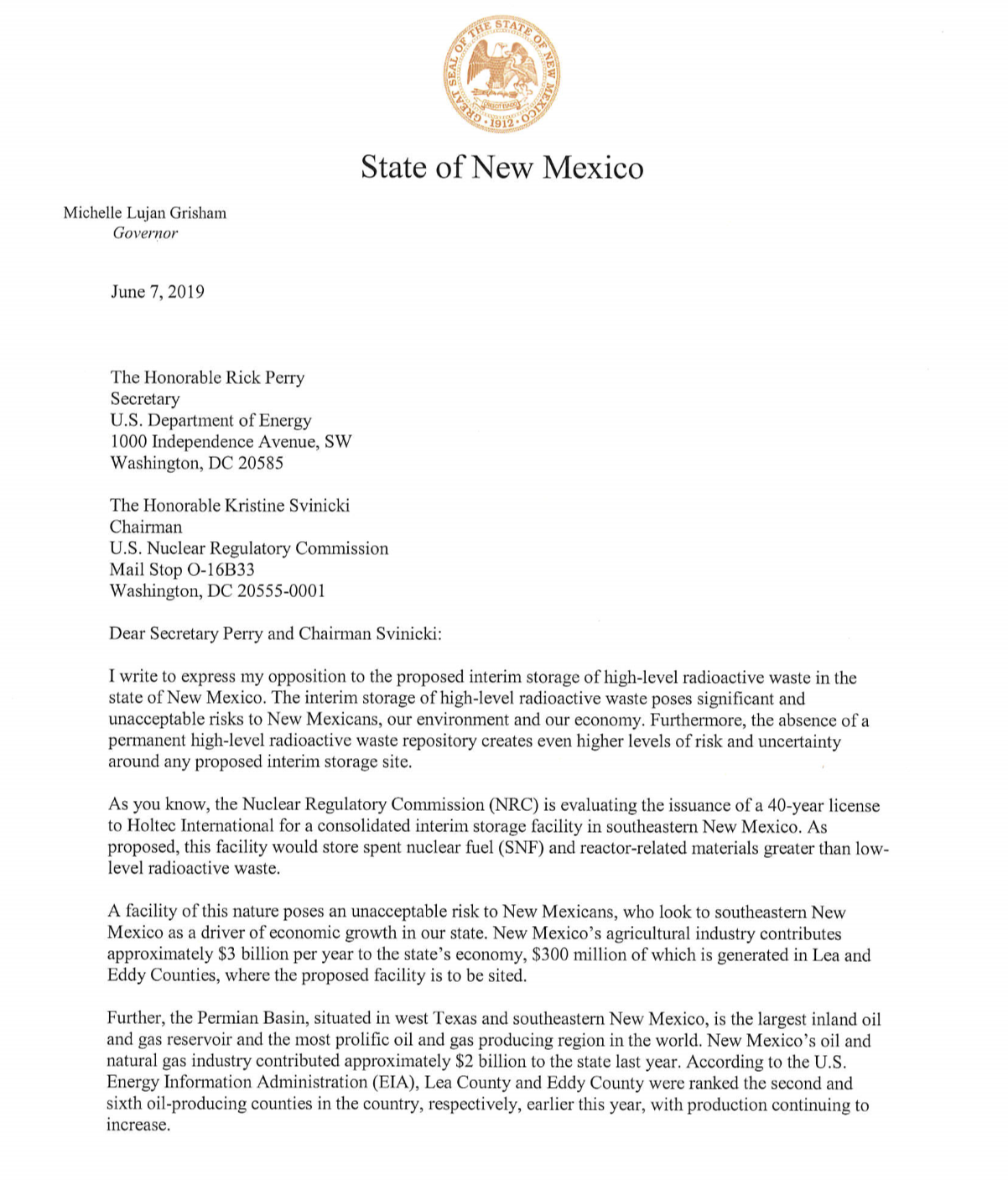QUOTE OF THE WEEK
Nothing Found
It seems we can’t find what you’re looking for. Perhaps searching can help.
LANL’s Central Mission: Los Alamos Lab officials have recently claimed that LANL has moved away from primarily nuclear weapons to “national security”, but what truly remains as the Labs central mission? Here’s the answer from one of its own documents:
LANL’s “Central Mission”- Presented at: RPI Nuclear Data 2011 Symposium for Criticality Safety and Reactor Applications (PDF) 4/27/11
Banner displaying “Nuclear Weapons Are Now Illegal” at the entrance in front of the Los Alamos National Lab to celebrate the Entry Into Force of the Nuclear Weapon Ban Treaty on January 22, 2021
Nothing Found
It seems we can’t find what you’re looking for. Perhaps searching can help.
Follow the Money!
Map of “Nuclear New Mexico”
Nuclear Watch Interactive Map – U.S. Nuclear Weapons Complex
In 1985, US President Ronald Reagan and and Russian President Mikhail Gorbachev declared that “a nuclear war cannot be won and must never be fought.”
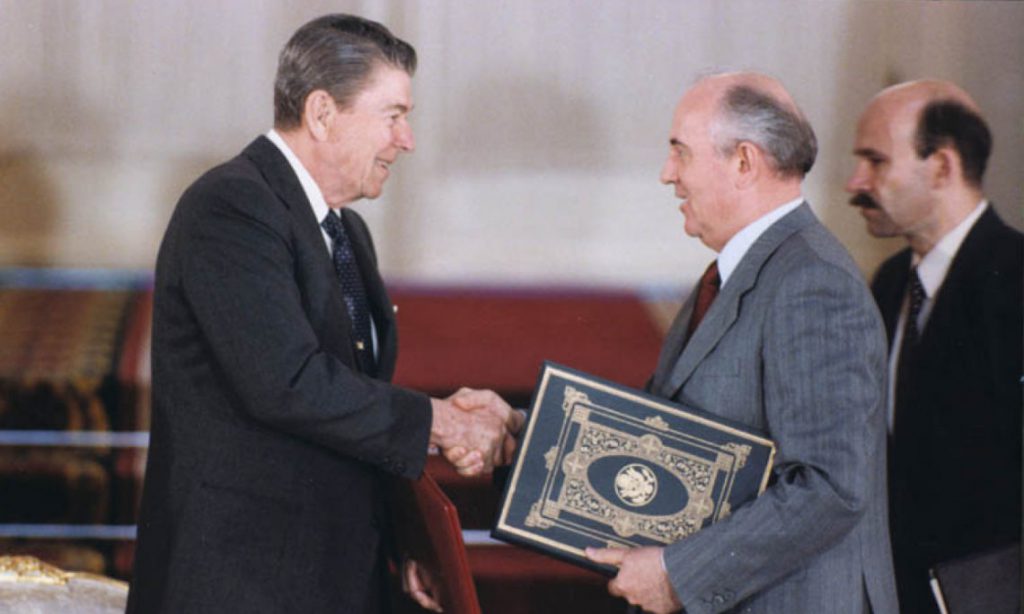
Waste Lands: America’s Forgotten Nuclear Legacy
The Wall St. Journal has compiled a searchable database of contaminated sites across the US. (view)
Related WSJ report: https://www.wsj.com
2022 BLOG POSTS
Nothing Found
It seems we can’t find what you’re looking for. Perhaps searching can help.
New & Updated
Deb Haaland & New Mexico Land Commissioner Letters of Opposition to Holtec
| New Mexico Land Commissioner’s Letter of Opposition to Holtec | New Mexico Rep. Deb Haaland’s Letter of Opposition to Holtec |
Center for International Policy Calls for Realistic Defense Spending — $1.2 Trillion in Savings Over 10 Years — Eliminate Space Force, New ICBM, New Nuclear Warheads
Center for International Policy
Sustainable Defense: More Security, Less Spending – REPORT
Washington, D.C.—Today, during a briefing on Capitol Hill, the Sustainable Defense Task Force, which was established by the Washington-based Center for International Policy and includes ex-military officers, former Pentagon officials, and former White House and Congressional budget analysts, released a new report on how the Pentagon can save taxpayer dollars while at the same time improving security for our nation. The report, A Sustainable Defense: More Security, Less Spending, details how the U.S. can cut over $1.2 trillion in projected Pentagon spending over the next decade while at the same time improving national security. (A link to the full report is above, and a summary can be found here and a two-page fact sheet is here).
“There needs to be a fresh approach to defense strategy that makes America more secure while consuming fewer resources,” stated William Hartung, co-editor of the report. He continued, “A new strategy must be more restrained than the military-led approach adopted in this century, replacing a policy of perpetual war with one that uses military force only as a last resort when vital security interests are at stake.”
The Sustainable Defense Task Force produced the report to counter the January 2018 National Defense Strategy and the 2019 National Defense Strategy Commission. “The National Defense Strategy Commission report is an exercise in threat inflation that exaggerates the military threats posed by Russia and China while ignoring urgent, non-military challenges to our security,” said report co-editor Ben Freeman of the Center for International Policy.
THE U.S. RAISES RED FLAGS ON RUSSIA’S PLUTONIUM EXPERIMENTS — WHILE RAMPING UP ITS OWN
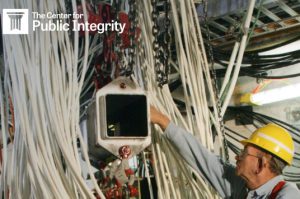
Read the June 18, 2019 Center for Public Integrity article by Patrick Malone
Experiments at Russian and US underground sites are used by both nations to help ensure their nuclear arsenals remain viable but are conducted under a blanket of secrecy. And so they’ve given rise to suspicions, and accusations, that they violate a 1996 global treaty designed to stymie nuclear weapons innovations by barring any nuclear explosions.
Nuclear Weapons Explosives Program Lacks Adequate Future Planning to Address Dwindling Supply
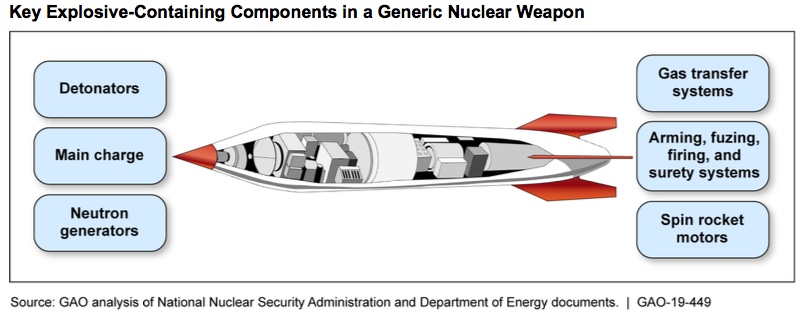
Five National Nuclear Security Administration (NNSA) contractor-operated sites conduct activities to design and produce explosive materials. NNSA officials and contractor representatives identified several challenges related to explosives activities, such as the agency’s dwindling supply of explosive materials, aging and deteriorating infrastructure, and difficulty recruiting and training qualified staff. NNSA issued a plan to address these challenges. But it didn’t follow strategic planning practices that ensure accountability over progress. For example, it generally didn’t include measurable performance goals that identify timeframes and responsible parties.
Critics blast plutonium pit production pitch at Aiken forum
A coalition of nuclear watchers and environmental groups on Friday night hosted a public forum in Aiken, during which speakers unloaded on the proposed plutonium pit production expansion at both the Savannah River Site and Los Alamos National Laboratory in New Mexico.
JUNE 16, 2019 | BY COLIN DEMAREST | aikenstandard.com
The get-together, held at the Aiken Municipal Building, was largely led by Savannah River Site Watch Director Tom Clements. He was backed by Marylia Kelley, the executive director of Tri-Valley CAREs, and Jay Coghlan, who leads Nuclear Watch New Mexico.
Together, the three called into question the actual need for more pits, and the U.S. Department of Energy’s ability to successfully produce them, and discussed at length the environmental and health repercussions that could come with such a significant weapons-oriented mission.
The public “can be effective against bad Department of Energy ideas, like the pit production one,” Clements said early in his remarks.
At least 80 pits per year are needed by 2030, according to the 2018 Nuclear Posture Review, a leading nuclear policy document. Plutonium pits are nuclear weapon cores.
“They keep coming up with this number, 80, and I don’t know where they get this from,” Clements said. “They haven’t justified it.”
[embeddoc url=”https://nukewatch.org/wp-content/uploads/2019/06/SRS-plutonium-bomb-plant6-14-19.pptx” download=”all” viewer=”microsoft”]
Forum addresses plutonium pit expansion at SRS
BY SARAH LEBLANC | augustachronicle.com
AIKEN — A forum regarding the Department of Energy’s proposed expanded production of plutonium pits at Savannah River Site was held Friday evening.
About 70 people gathered in the auditorium of the Aiken Municipal Building to hear speakers present information against the proposal and encourage the public to write to their representatives in opposition to the plan.
The Department of Energy has proposed to use the former Mixed Oxide Fuel Fabrication Facility as the location to produce about 50 plutonium pits per year. The pits make up the radioactive cores of nuclear weapons.
Tom Clements, director of Savannah River Site Watch, said the department should not rush into a new project at the MOX plant, which was shut down in October.
Critics raise concerns over proposed atomic bomb factory near Aiken
Anti-nuclear activists fired away Friday at what they said is a dangerous and little known plan to produce deadly atomic weapons components at the Savannah River Site near Aiken.
BY SAMMY FRETWELL | thestate.com
The federal government has proposed a multibillion dollar plutonium pit factory that could create as many as 1,700 jobs as part of an effort to make fresh plutonium, a major ingredient in atomic bombs.
But the proposed factory is raising concerns about its risk to the environment and the public, in addition to how it would be viewed by world leaders. Critics say the government may use the pits in a new type of nuclear weapon, instead of only replenishing the existing stockpile with fresh plutonium.
Savannah River Site Watch, a nuclear watchdog organization that tracks SRS, held a public meeting Friday night in Aiken County to brief people on the government’s plan at SRS, a 310-square-mile complex in western South Carolina.
“We don’t think people are really aware of what is going on: that this new mission is fraught with risk that could come to SRS,’’ Savannah River Site Watch director Tom Clements told The State.
Nuclear watchdog groups from New Mexico and California joined SRS Watch for the forum in Aiken County, where many SRS workers live. Before the Friday meeting, the groups held a news conference to voice concerns. The U.S. Department of Energy plans its own forum on the proposal June 27 in North Augusta.
Critics raise concerns over proposed atomic bomb factory near Aiken
Anti-nuclear activists fired away Friday at what they said is a dangerous and little known plan to produce deadly atomic weapons components at the Savannah River Site near Aiken.
JUNE 14, 2019 | BY SAMMY FRETWELL | thestate.com
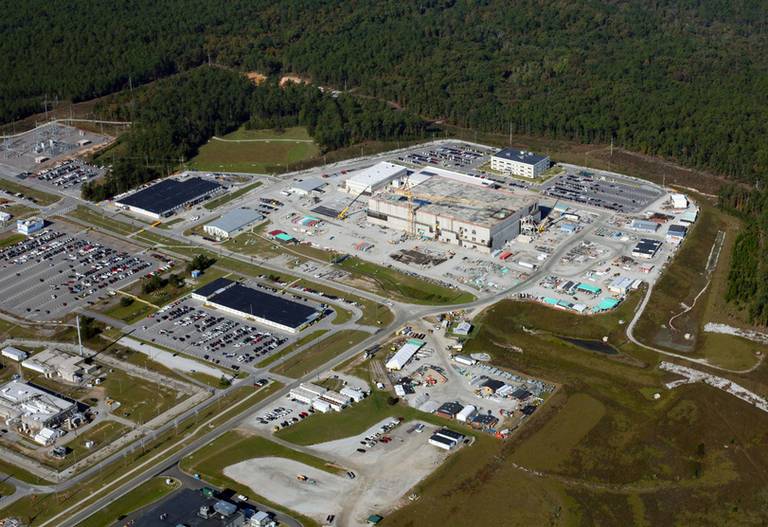
The federal government has proposed a multibillion dollar plutonium pit factory that could create as many as 1,700 jobs as part of an effort to make fresh plutonium, a major ingredient in atomic bombs.
Pro-nuclear groups say the pit plant is a good replacement for the mixed oxide fuel facility, commonly known as MOX. Not only will it provide jobs, but it will help keep the United States safe, they say.
Clements and Jay Coghlan, who directs Nuclear Watch New Mexico, don’t see it that way.
“It will be a great waste of taxpayer’s money,’’ Coghlan said. “There also is a long history of chronic safety problems and environmental or waste problems associated with pit production.’’
The proposed factory is raising concerns about its risk to the environment and the public, in addition to how it would be viewed by world leaders. Critics say the government may use the pits in a new type of nuclear weapon, instead of only replenishing the existing stockpile with fresh plutonium.
Brave Political Leadership on Disarmament?
By Alicia Sanders-Zakre
Foreign ministers and high-level representatives from 15 non-nuclear-armed countries gathered in Stockholm on Tuesday to discuss advancing disarmament, amidst an ever-deteriorating arms control, disarmament and nonproliferation landscape. The resulting joint statement falls far short of the creative thinking and urgency required to rebut current nuclear threats, including an impetuous U.S. President with the launch codes and an effort to dramatically increase the production of radioactive nuclear bomb cores at Los Alamos National Laboratory.
LETTER: New Mexico governor says no to high-level nuclear waste
mynorthwest.com June 7, 2019
ALBUQUERQUE, N.M. (AP) — New Mexico’s governor said Friday she’s opposed to plans by a New Jersey-based company to build a multibillion-dollar facility in her state to temporarily store spent nuclear fuel from commercial reactors around the U.S.
In a letter to U.S. Energy Secretary Rick Perry, Gov. Michelle Lujan Grisham said the interim storage of high-level radioactive waste poses significant and unacceptable risks to residents, the environment and the region’s economy.
She cited the ongoing oil boom in the Permian Basin, which spans parts of southeastern New Mexico and West Texas, as well as million-dollar agricultural interests that help drive the state’s economy.
Any disruption of agricultural or oil and gas activities as a result of a perceived or actual incident would be catastrophic, she said, adding that such a project could discourage future investment in the area.
“Establishing an interim storage facility in this region would be economic malpractice,” she wrote.
Holtec International has defended its plans, citing unmet obligations by the federal government to find a permanent solution for dealing with the tons of waste building up at nuclear power plants.
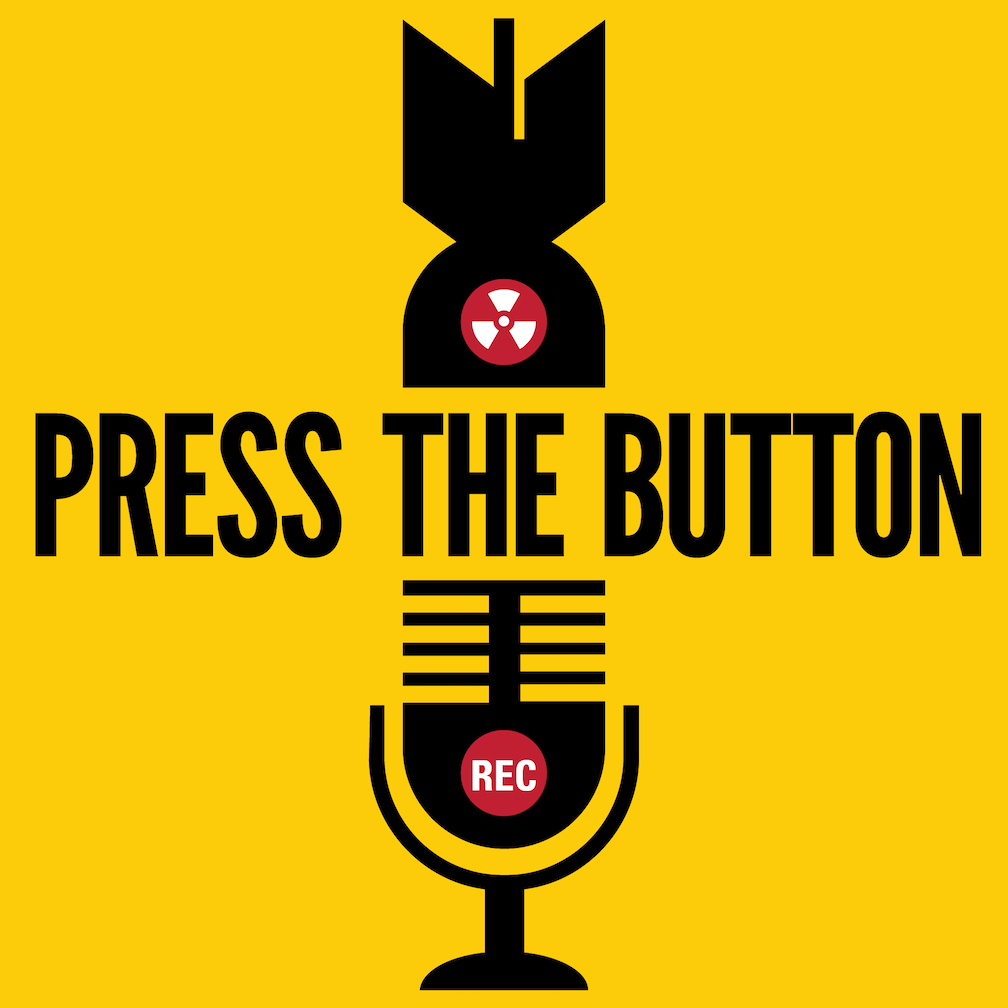 The latest episode of Ploughshares Fund’s new podcast, Press the Button, features Donté Stallworth — former NFL wide receiver and now national security wonk.
The latest episode of Ploughshares Fund’s new podcast, Press the Button, features Donté Stallworth — former NFL wide receiver and now national security wonk.
Hear his remarkable analysis of rising tensions with Iran, Trump’s flaws, and his ideas for a saner nuclear policy: https://www.ploughshares.org/pressthebutton
Listen and subscribe on iTunes · Spotify · SoundCloud · Google Play
ACTION ALERTS
Nothing Found
It seems we can’t find what you’re looking for. Perhaps searching can help.
Nothing Found
It seems we can’t find what you’re looking for. Perhaps searching can help.
Interfaith Panel Discussion on Nuclear Disarmament - August 9
Nothing Found
It seems we can’t find what you’re looking for. Perhaps searching can help.
New Nuclear Media
Nothing Found
It seems we can’t find what you’re looking for. Perhaps searching can help.

